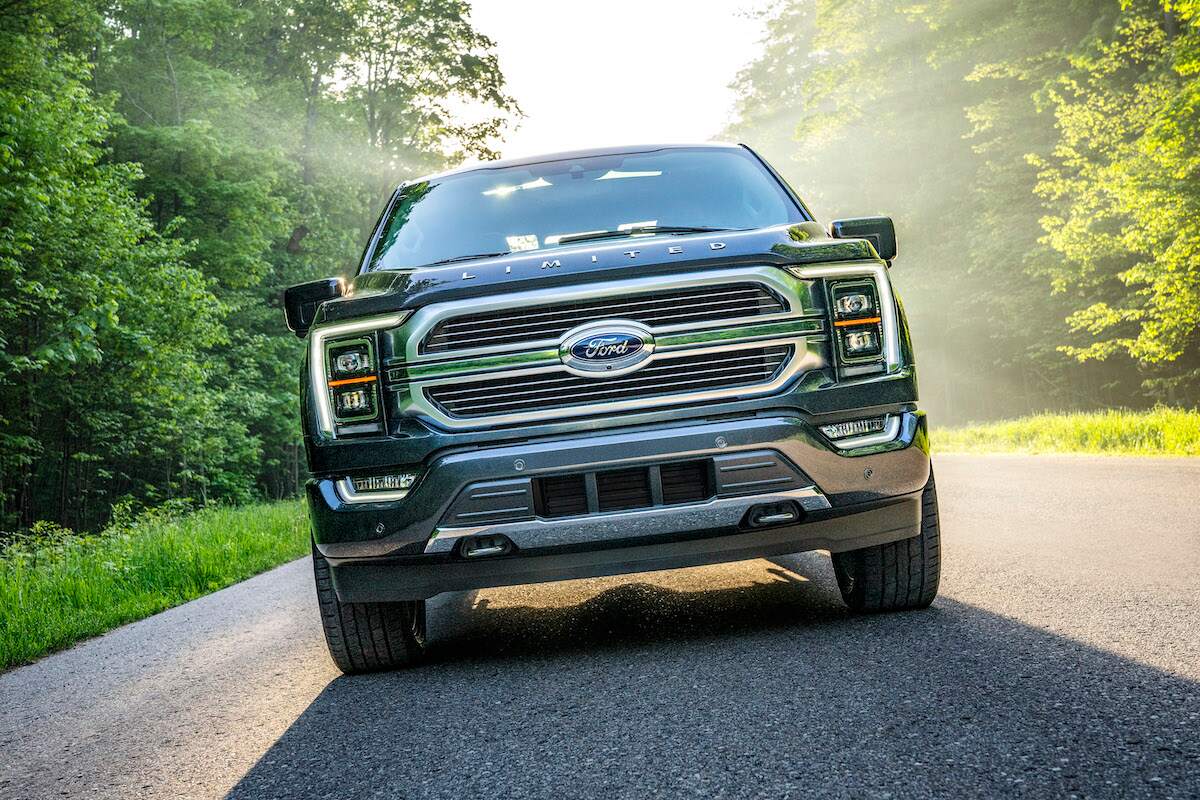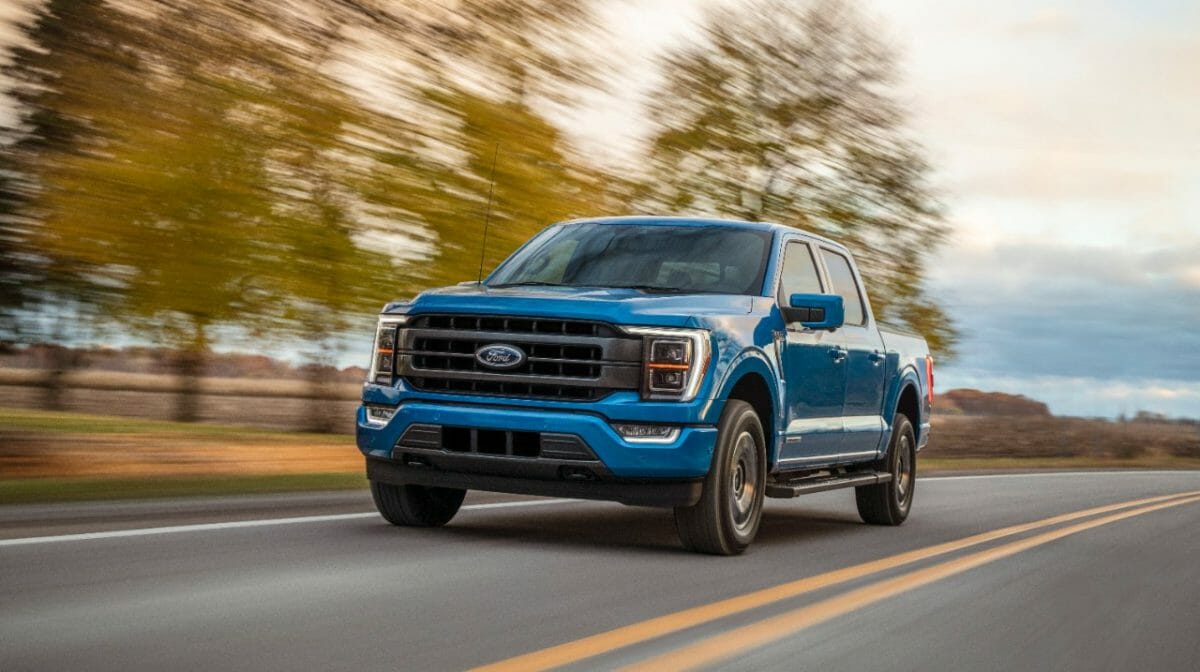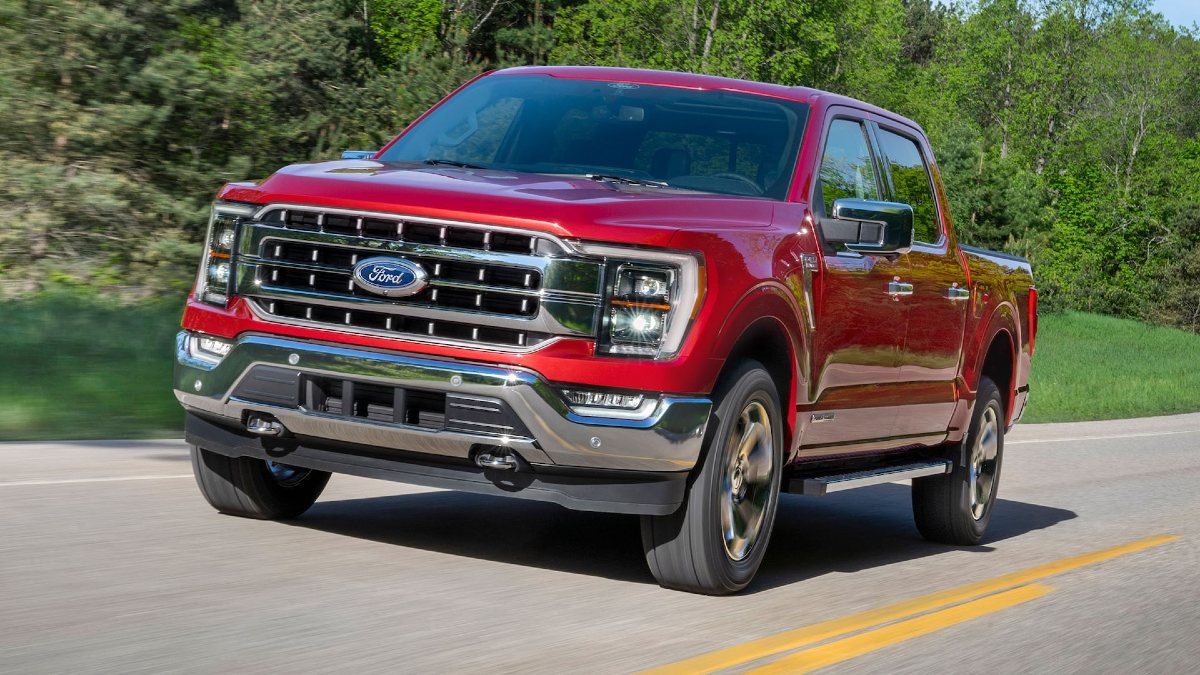
Is the Ford F-150 3.5-Liter PowerBoost Hybrid a Better Choice Than EcoBoost?
Ford has two similar 3.5-liter V6 engines that do very different things. The 3.5-liter EcoBoost and PowerBoost are alike yet dissimilar because of hybridization. Ford calls the new EcoBoost hybrid engine “PowerBoost.” Otherwise, they’re the same basic engines and internals with twin-turbocharging.
Has Ford made improvements to the EcoBoost V6 engine?

Ford upgraded the EcoBoost engine in 2017 to help eliminate carbon buildup in the intake passages and on intake valves. To do this, the automaker added port injection, which aids in flushing out the carbon impurities.
For turbocharger lag, Ford added an electrically activated wastegate valve. It redirects the exhaust away from the turbine wheel, helping regulate boost. Peak torque came faster now. Also, to increase durability and decrease chain stretch, stronger timing chains (two — one for each bank of cylinders) were new. Ford increased the compression to 10.5:1.
Since then, the 3.5-liter EcoBoost has remained a strong performer in the F-150 and other Ford and Lincoln models. But everything is going electric, and to capitalize on that transition, Ford began developing a hybrid version of the V6.
So, what is PowerBoost?

In 2021, Ford added a 35-kW electric motor in conjunction with the EcoBoost engine. A 1.5-kWh lithium-ion battery stores the added power. Now called PowerBoost, this hybrid engine pairs with the 47-hp electric motor and a 10-speed automatic transmission. It allows F-150 trucks to cruise at 10 mph in electric-only mode. Above that, the internal combustion 3.5-liter kicks in.
Instantly, reviewers and previous EcoBoost owners could feel the difference the hybrid system added. Quicker response, smoother operation, and more torque improved the EcoBoost’s attributes. Now, let’s compare the specs.
What are the torque differences between EcoBoost and PowerBoost?
EcoBoost and PowerBoost are rated at 400 hp. For comparison, so is Ford’s 5.0-liter V8. But the V8 produces 410 lb-ft of torque. The EcoBoost V6 comes in with 500 lb-ft of torque. But the best figures are for the PowerBoost engine, rated at 570 lb-ft of torque.
If towing capacity is what you need, the EcoBoost engine wins. It can tow 14,000 pounds, versus the PowerBoost’s 12,700 pounds. The Ford small-block V8 comes in with 13,000 pounds.
If paying less at the pump is your goal, the PowerBoost prevails. Its EPA-estimated gas mileage is 25 mpg in the city and 26 mpg on the highway. Next is the EcoBoost, achieving 18/24 mpg city/highway.
PowerBoost tops non-hybrid EcoBoost and other Ford F-150 engines

So it’s easy to see the full-hybrid PowerBoost V6 gained in almost every category over earlier non-hybrid EcoBoost versions. In addition to these two engines are the aforementioned 5.0-liter V8, a 3.3-liter Ti-VCT V6, and a 2.7-liter twin-turbocharged EcoBoost V6.
Those are the differences in a nutshell. Though we once scoffed at the thought of a V6 engine in a full-size pickup, the numbers prove the PowerBoost V6 tops nearly every specification.



